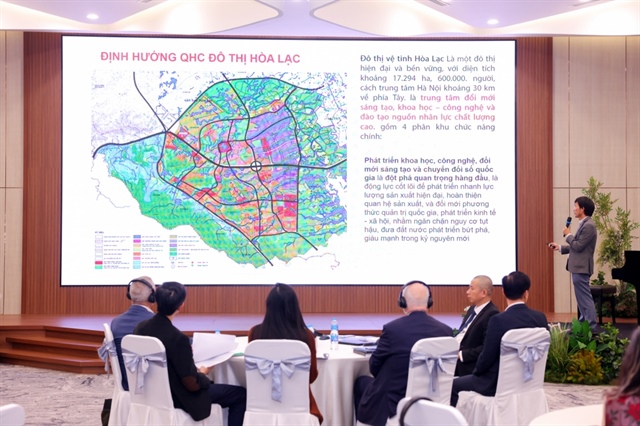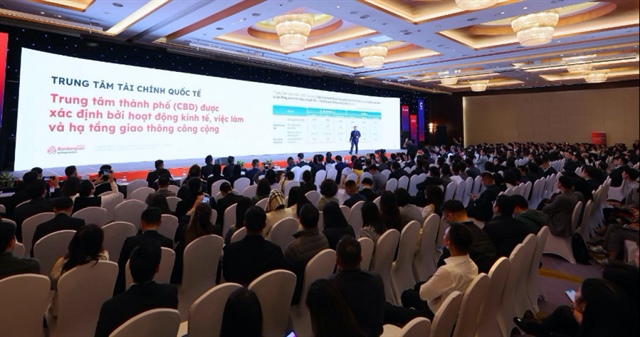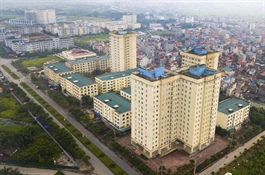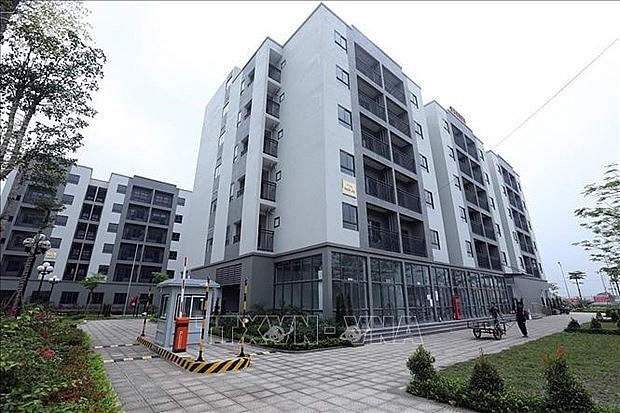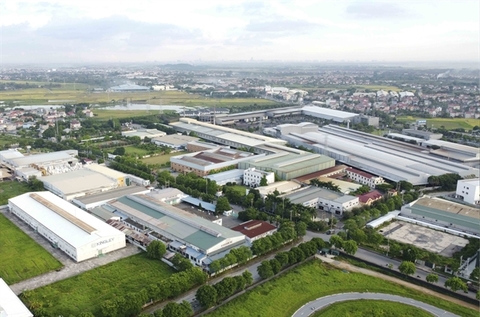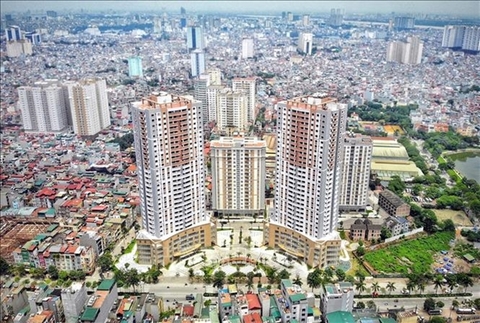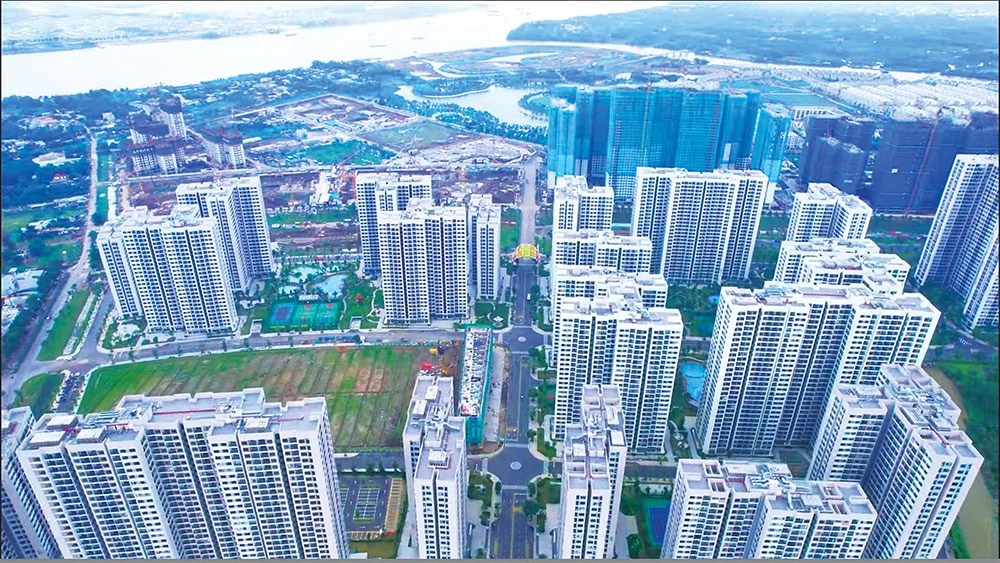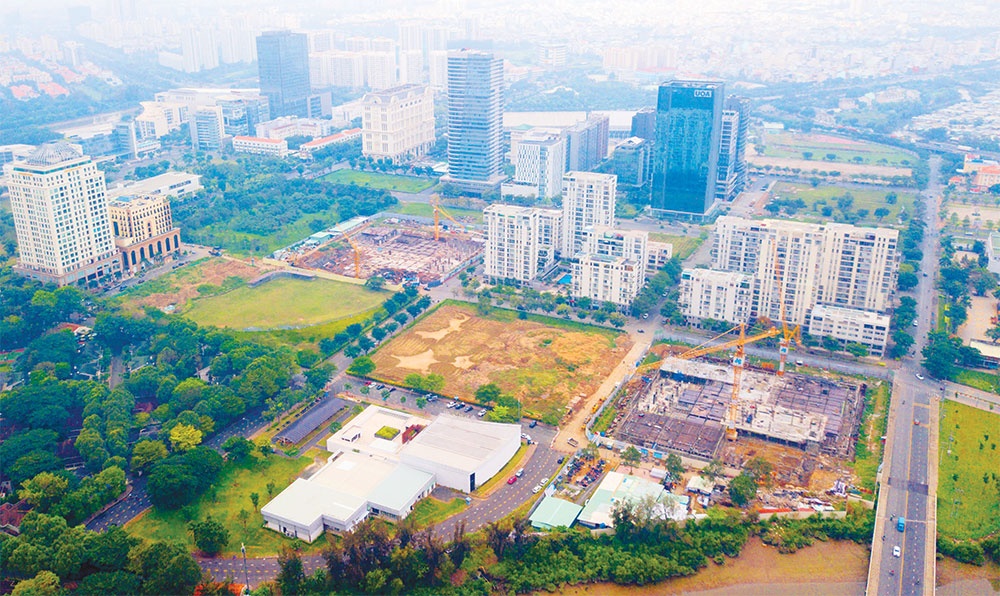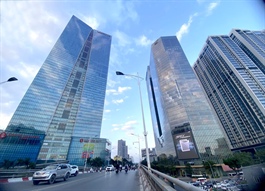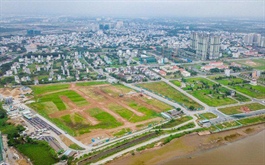Bac Ninh moves towards model smart city
Bac Ninh moves towards model smart city
The northern province of Bac Ninh has set a target of becoming a centrally-run city and a model of smart city by 2030.
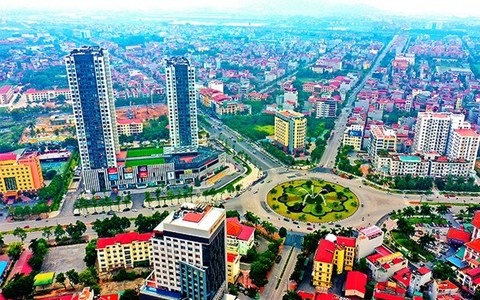
|
According to the Bac Ninh master plan in the 2021 – 30 period with a vision to 2050 approved on April 24, the province is to be a home of high-tech industry and services, and a smart manufacturing hub in Viet Nam as well as in the Southeast Asian region.
It will become one of the development poles of the Red River Delta region and be among the leading economies in the country by 2030.
By 2050, Bac Ninh will become a leading innovation, and research and development (R&D) centre in Southeast Asia.
The province currently has the eighth-largest economy in the country and is the centre of Viet Nam’s electronics industry. Boasting a strategic position as the gateway to the capital city, and lying in the economic triangle axis of Ha Noi, Hai Phong City and Quang Ninh Province, Bac Ninh has great potential to promote regional connection for socio-economic development.
According to Secretary of the provincial Party Committee Nguyen Anh Tuan, the planning work should focus on ensuring synchronous connection and regional linkage, fully tapping the potential and solving bottlenecks, thus promoting comprehensive, harmonious, and effective development toward green and sustainable development.
The province will give priority to strengthening the linkage of industrial manufacturing and logistics services with Hai Phong and Quang Ninh, and expanding connection in agriculture development and service with localities in the south of the Red River Delta.
Regarding development space, Bac Ninh will develop two centre regions and five development corridors.
Bac Ninh expects to attract US$1.2 billion in foreign direct investment to its industrial parks in 2023.
The province plans to accelerate the progress of site clearance and complete the technical infrastructure of industrial parks like Viet Nam Singapore Industrial Park 2 (VSIP2), Yen Phong 2A, Yen Phong 2C, Thuan Thanh I, Gia Binh, Gia Binh II and industrial clusters.
It hopes to further attract foreign-invested enterprises, especially large ones that will create a driving force for the province’s economic development and play a leading role in supporting enterprises, and domestic small and medium enterprises when they join the supply chain.


